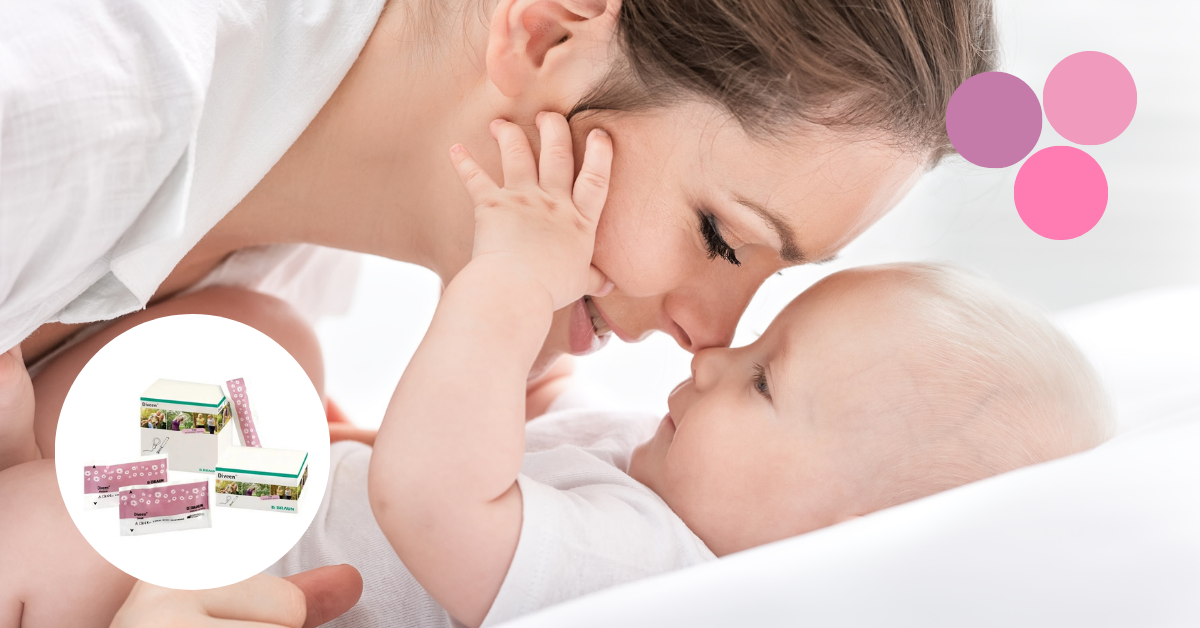The postpartum period is accompanied by many changes in a woman's body. One of the most common, but often misunderstood conditions, is urinary incontinence. This is the involuntary loss of urine, which can occur either immediately after childbirth or months later. According to Incontinence Institute, about 25% of women who had a vaginal delivery experience symptoms of incontinence that can last for at least a year. For women who had a cesarean section, this percentage is about 16%.
What causes incontinence after pregnancy?
- Incontinence is directly related to changes in the body during pregnancy and childbirth. These changes may be related to either muscle issues or hormonal changes.
- Weakness of the pelvic floor muscles: During pregnancy and especially during vaginal delivery, the muscles that support the bladder and urethra may relax or be injured.
- Hormonal changes: The decrease in estrogen levels after childbirth can affect the elasticity and function of the tissues in the urogenital area.
- Use of tools during childbirth: Instruments like forceps or vacuum extractors can increase the risk of nerve and muscle damage.
- Multiple pregnancies or large babies: Excessive stretching of tissues increases the risk of muscle damage.
In many cases, incontinence is temporary and improves within the first 3-6 months. As mentioned earlier, the incidence rates are higher after a vaginal delivery, especially if it is prolonged or the baby is large, weighing over 4 kg. After the first pregnancy, a woman may have a higher chance of experiencing incontinence symptoms, although this does not mean that incontinence only occurs after the first childbirth. Obesity and a history of incontinence before or during pregnancy are equally important factors that can affect the occurrence of incontinence after childbirth.
How can postpartum incontinence manifest?
There are many reasons why a mother may experience incontinence, and the ways it manifests are not just one. Postpartum incontinence can appear in various ways:
- Loss of urine when laughing, coughing, or sneezing.
- Difficulty holding urine when there is a strong urge.
- Feeling of heaviness or pressure in the pelvic area.
- Frequent urination or nighttime urge to urinate.
- Inability to completely empty the bladder.

What can a woman do about incontinence after childbirth?
The good news is that in most cases, incontinence is temporary and can be effectively managed. A new mother can obtain the appropriate products to manage incontinence.
A modern choice for managing incontinence is Diveen by B Braun. Diveen is a device for managing incontinence that may appear after childbirth. Diveen can be easily applied with an applicator like a tampon, but even without it, and it does not need to be removed to go to the toilet. As mentioned earlier, after childbirth, there is a weakness of the pelvic floor muscles due to relaxation or injury. Diveen provides slight pressure on the pelvic floor, helping you manage incontinence.
Postpartum incontinence often appears in mothers, but this does not mean that you cannot easily manage it with the appropriate products. The period when incontinence appears will not stigmatize or deprive you of beautiful moments with your baby.


